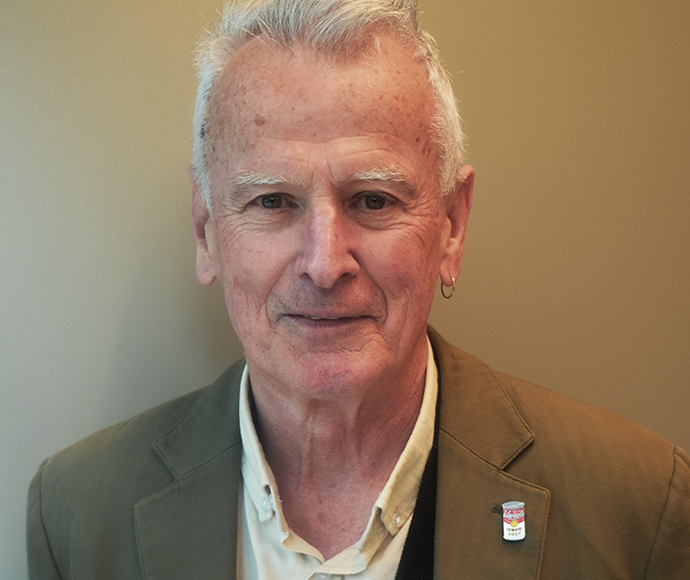Snowy Advisory Committee Independent Chair
Chair has sights set on a dynamic, healthy-living Snowy River.

An interest in applying natural and social science for better environmental outcomes inspired John Rodger to apply for the Snowy Advisory Committee Independent Chair position.
Originally from the once rural outskirts of Sydney, Dr Rodger has spent several decades in Newcastle, where he was an academic in Biology and Environmental Science.
He was a founding director of the Tom Farrell Institute for the Environment and developed and taught a course in Applied Environmental Science.
Dr Rodger sees the improved management of water as, arguably, the biggest challenge facing Australia.
"'Droughts and flooding rains' have always been with us, but the intensity of the threats and challenges are amplified by climate change, especially with more frequent extreme events," Dr Rodger said.
Dr Rodger said the Snowy and Montane rivers are unique in being snowmelt based but also regulated by the Snowy Hydro scheme.
"Until the advent of the environmental flows in the early 2000s, which the Snowy Advisory Committee now oversees, only 1% of the natural flow reached the Snowy River below Jindabyne Dam," Dr Rodger said.
"The Snowy Advisory Committee's role is to oversee the best use of this precious water allocated through its Annual Licence and the multiparty agreement between governments and Snowy Hydro and provide advice on its service to the NSW Government.
"Working through its community and First Nations members and technical advisers, we aim to support the physical and biological health of the rivers and organisms dependent on them, while facilitating the best outcomes for the divergent communities that value and use the Snowy and Montane rivers from mountains to the sea."
The Snowy Advisory Committee's vision, Dr Rodger said, is to foster the use of the available water, up to around a fifth of the former natural flows, to produce a dynamic (albeit smaller), healthy-living Snowy River.
"Key to this goal is increased connectivity and variability of seasonal flows that once characterised Australia's rare snow melt rivers," he said.